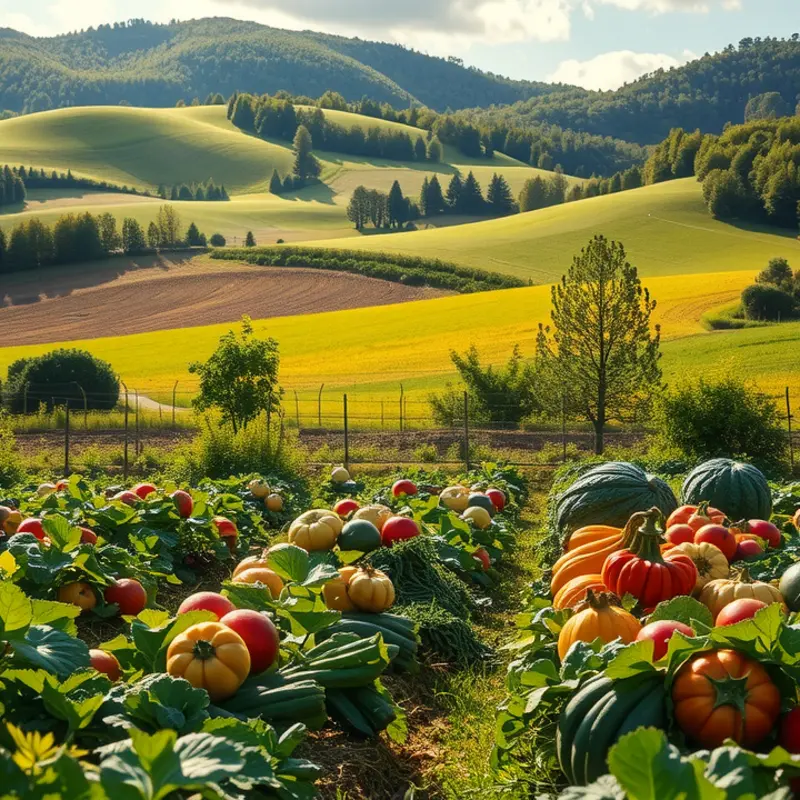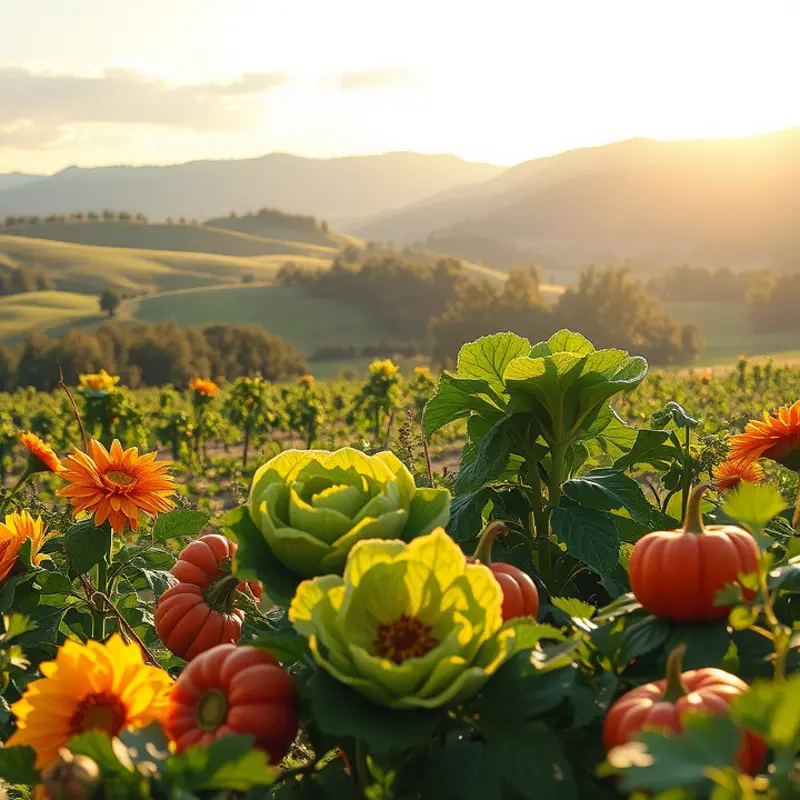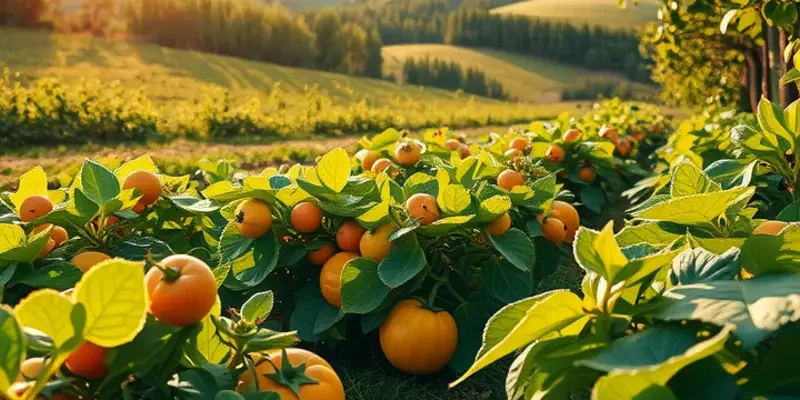From the vibrant ceremonies of the Andes to the serene rituals of East Asia, sacred food offerings are steeped in history and tradition. These culinary expressions not only nourish the body but also the spirit, serving as a bridge between earthly existence and the divine. They reflect the values, beliefs, and cultural identities of communities worldwide, offering food enthusiasts and the culturally curious an insightful dive into how food connects us to our heritage and to one another.
Ceremonial Foods of the Andes: A Taste of Tradition

In the Andean highlands, rituals involving food are essential to honoring Pachamama, the revered Mother Earth. Here, the ancient ways still thrive, with every festival and ceremony rooted in a deep connection to the land. Central to these rich traditions are potatoes, corn, and quinoa, revered not only as staples but as sacred gifts from the deities.
The potato, over 4,000 varieties of which are cultivated in the Andes, plays an indispensable role in ceremonial banquets. It is chosen for its versatility and nutritional value, symbolizing sustenance and resilience. These tubers are carefully selected and prepared to celebrate marriages, harvests, and other community gatherings. In many rituals, families will cook and share a diverse array of potatoes, expressing gratitude for the harvest.
Corn is another pivotal element in Andean ceremonies. The crop is seen as a divine offering, its golden kernels representing fertility and prosperity. Chicha, a fermented corn drink, is prepared with great care and often offered in ceremonies to honor the spirits. This traditional beverage connects communities through its shared preparation and consumption, reinforcing bonds and cultural continuities.
Quinoa, a superfood with ancient roots, symbolizes health and vitality. In festivals, it is integrated into numerous rituals, cooked into stews or blended into drinks shared among participants. The Incas once considered quinoa the “mother of all grains,” and it continues to hold spiritual significance.
A highlight of Andean ceremony feasts is the pachamanca, a communal meal that embodies unity and tradition. This method involves cooking meats and vegetables underground using heated stones. The process infuses the food with earthy flavors, a tribute to the sacred ground that nurtures them. Preparing a pachamanca is a group effort, with community members collaborating in a social ritual that further affirms their connection to the earth and each other.
The exchange of these sacred foods during Andean rituals reflects a profound spiritual practice. These offerings not only sustain the body but also feed the soul, connecting generations of Andean peoples. While culinary traditions hold deep spiritual meaning, they also offer practical examples of sustainable food practices. For insights into eco-friendly culinary methods, you can explore eco-smart kitchen solutions.
In these vibrant celebrations, food transcends its role as a mere necessity. It becomes a medium for preserving history, culture, and spirituality. The ceremonial foods of the Andes serve as a reminder of the enduring symbiosis between humankind and nature—a balance that many contemporary societies are striving to rediscover.
Rituals of Nourishment: Sacred Food in East Asian Cultures

In East Asian cultures, food serves as a bridge between the earthly and spiritual realms, especially during significant festivals such as the Chinese New Year and the Japanese Obon. These celebrations encapsulate rich traditions where food becomes an avenue for honoring ancestors and deities, expressing gratitude, and ensuring prosperity.
During the Chinese New Year, families engage in elaborate preparations of symbolic dishes to usher in good fortune. Among these, moon cakes stand out not only for their deliciousness but also for their deep symbolic meaning. These pastries, often filled with sweet lotus seed paste or red bean paste and a salted egg yolk, represent completeness and unity. Their round shape is symbolic of the lunar cycle, with particular importance on family reunion and harmony. As families gather to share these delicacies, they also make offerings to the ancestors, extending the blessings of the New Year to their deceased loved ones.
In Japan, the Obon festival serves as a time for families to honor the spirits of their ancestors. A central aspect of Obon is the preparation of offerings, which typically include seasonal fruits, rice, and tea. These offerings are set upon an altar as a gesture of respect and remembrance. The choice of items is not arbitrary; each component is steeped in symbolism. Rice signifies sustenance and life, while tea represents purity and the fluidity of life. Such offerings underscore the transient nature of existence, fostering a deeper connection with the spiritual world.
The emphasis on balance is evident in these culinary traditions, where the harmony of flavors and ingredients reflects a deeper philosophical approach to life. The use of seasonal ingredients is not merely about freshness but is a tribute to the natural cycles and rhythms that sustain human life. For instance, during these festivals, seasonal vegetables and fruits are chosen with care, reinforcing the link between humanity and nature.
While preparing these sacred dishes, families engage in mindful practices, infusing each step with intention and meaning. This mindfulness transforms the simple act of cooking into a spiritual exercise, connecting the cooks not only with the ingredients but with the broader cosmos. Mindful eating practices found in these cultures emphasize presence and gratitude, enriching the bonds between individuals and their heritage.
Through these rituals, food transcends mere sustenance; it becomes a medium of reverence and connection. By participating in these traditions, individuals maintain a dialogue with the past, honor their cultural heritage, and nurture a sense of community that is both timeless and universal. Each dish, each offering, is a testament to the enduring power of food as a sacred bond between the earthly and the divine.
Final words
Sacred food offerings are more than mere culinary acts; they are profound expressions of belief, hope, and gratitude across cultures. Through these age-old practices, communities not only honor deities and ancestors but also strengthen familial and community bonds. Whether it’s the colorful ‘pachamanca’ ceremonies in the Andes or the meticulous preparation of offerings in East Asia, these traditions reflect humanity’s enduring quest to connect with something greater than ourselves. Exploring these sacred food cultures opens a window into the rich diversity of human experience, where every plate tells a story, nourishes the soul, and becomes a part of the everlasting tapestry of life.








